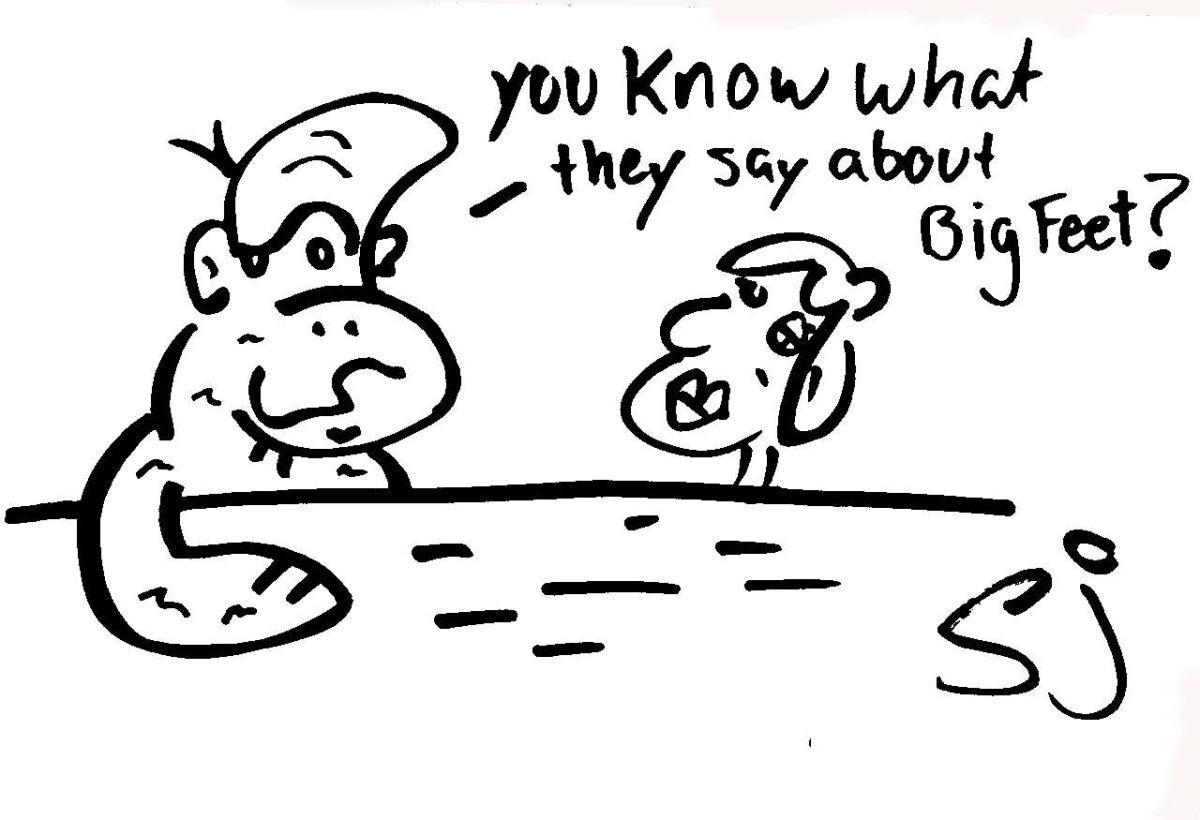A group of Sasquatch researchers fought for the survival of the existence of a Sasquatch species living amongst us at a news conference in Dallas on Tuesday. They presented a never before seen high-definition video of the creature moving through the Kentucky wilderness.
The Erickson Project has collected more than 100 pieces during the past five years while working on the Sasquatch Genome Project, a $500,000 DNA analysis of samples from the unknown beast. They claim Sasquatch is a human relative who has lived for about 13,000 years.
Melba Ketchum is a lead researcher for the Sasquatch Genome Project and is a firm believer in the Sasquatch species. Ketchum said she doubted Sasquatch’s existence initially, but after discovering unique hair samples that had distinct morphologies from animals and humans she was swayed.
The Genome project consists of 111 samples of hair, blood and skin from the alleged creature. Thirty-four research sites in 14 different states and two Canadian provinces submitted the samples.
“They’re a type of people.They’re a human hybrid, we believe,” Ketchum said at the news conference.
The video from Kentucky was not the only footage presented during the conference. Dennis Pfoul, the group’s project manager, presented a short clip of a possible Sasquatch treding through the snow in Colorado.
“We’ve all had experiences that have changed our lives, I mean, literally shook the foundation of what we believe in,” stated Pfoul referring to the raw footage.
The news conference concluded without solid facts, but that doesn’t stop groups such as the Erickson Project from spending hundreds of thousands of dollars to pursue Sasquatch’s existence. There are more than enough mythical creatures to supply conspiracy theorists with something to do. Whether it’s Sasquatch, the Loch Ness Monster, the Yeti, the Chupacabra or Megalodon, enthusiasts will research the creatures.
Though these creatures may not exist, it’s impossible to prove they don’t exist.
Todd R. Disotell, a professor in the Department of Anthropology at New York University, doesn’t believe in these beasts but stated the truth.
“You can prove that every sample you’re brought isn’t what they’re claiming, but you can’t disprove this. It will go on forever. We’ll always have it,” stated Disotell.
But who said that’s a bad thing? It’s not bad for people to pursue what they believe in. For example, despite the inconclusive facts, a small town in Montana hosts the Elliston Bigfoot Hunt every year in the nearby wilderness. It’s been taking place for 22 years regardless of whether Bigfoot was killed.
I myself have never opposed the idea of a giant sea beast in our vast oceans or a strange creature in the forests of Siberia. My personal favorite is the famous Chupacabra that kills livestock and drinks blood. It’s fun to believe. I like to imagine there are things that we don’t know about. I like to believe we don’t know everything because it’s entertaining to imagine what could be true. Stare up into space on a clear night and imagine what we don’t know about. It blows your mind because we can’t fathom the unknown. It’s scary, but it makes me excited at the same time.
The research for these creatures is the tangible evidence of our continued curiosity. It shows we ‘re unwilling to accept the facts and explore the possibilities. What if Christopher Columbus wasn’t willing to explore or Lewis and Clark were content with the East Coast? Curiosity about the unknown is exhilarating and is something I hope continues to inspire people to push boundaries.





